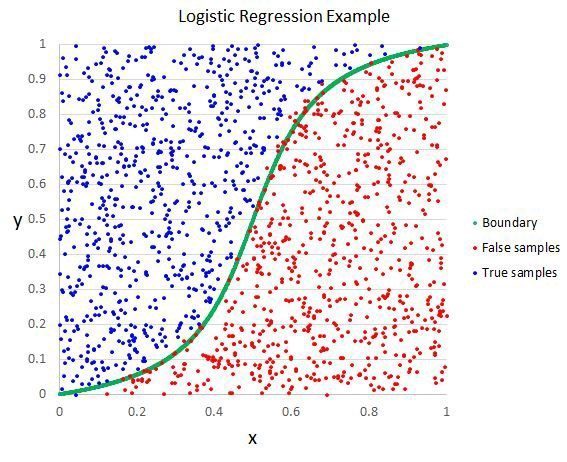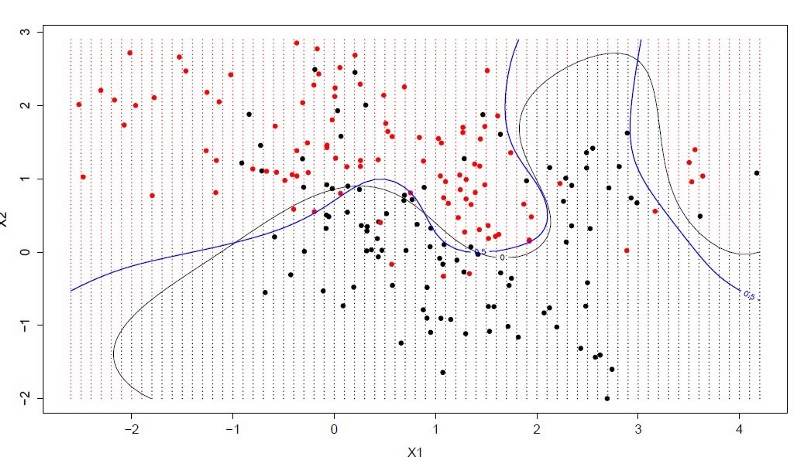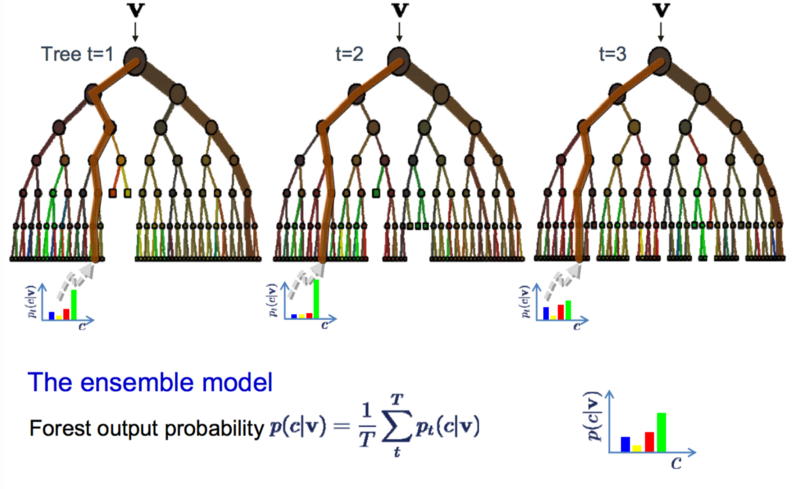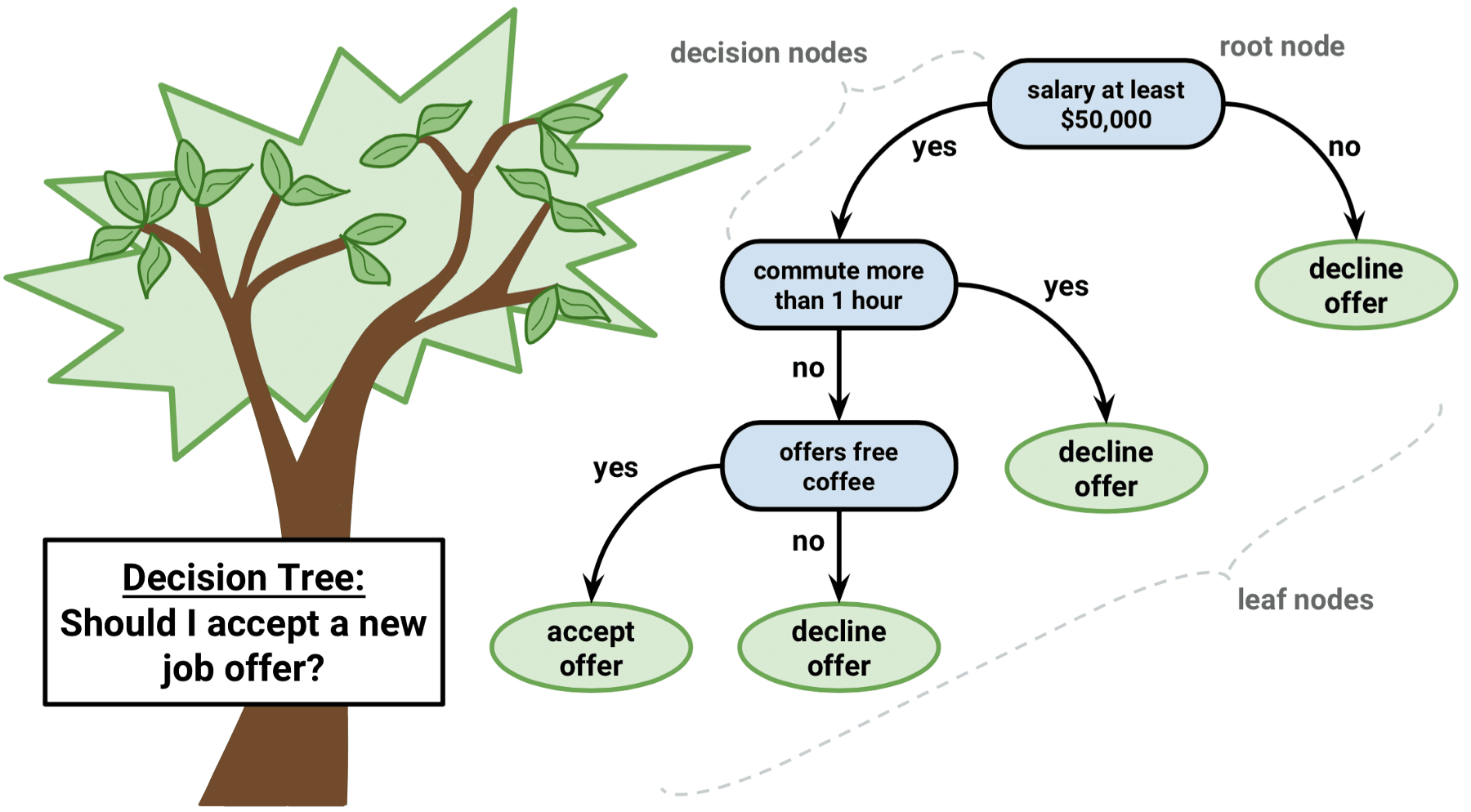The digital age has created several opportunities for us, and at the same time, we’ve been exposed to a whole new level of cyberthreats. There’s no denying that cybersecurity is now an integral part of every business that wants to avoid being a victim of identity theft, data breaches, and other cyber risks.
Cybercriminals are constantly searching for ways to compromise networks and steal sensitive information. These techniques are getting more advanced, and they might be challenging to detect by humans or traditional defense solutions.
For this reason, organizations are looking to adopt AI techniques to strengthen their cybersecurity defense plan. Artificial intelligence in cybersecurity can provide organizations with insights to help them understand and defend against these threats.
Read on to learn about the use and benefits of artificial intelligence in cybersecurity.
But first, let’s introduce you to artificial intelligence and its types.
What is Artificial Intelligence?
Artificial intelligence simulates the human intellect into machines, especially computer systems. AI aims to program devices to think like humans and imitate their actions. Also, we can ascribe this term to any machine that can exhibit traits associated with the human mind, such as problem-solving and learning.
The term “artificial intelligence” was coined at a summer conference at Dartmouth University. Today, the application of AI has significantly impacted people’s lives. We now have machines that can drive cars, understand verbal commands, produce video content, distinguish pictures, and play popular video games.
One of the impressive characteristics of artificial intelligence is its capacity to reason and take actions that are best for achieving a particular objective.
Types of Artificial Intelligence
There are several types of artificial intelligence, and familiarizing yourself with them will help you understand. Below are a few popular types of artificial intelligence.
Weak (Narrow) AI (ANI)
This is also known as Artificial Narrow Intelligence, and it’s one of the most frequently experienced forms of AI. Every artificial intelligence machine we use every day is Weak Narrow AI. This type of AI performs under limited restrictions. For instance, a voice recognition AI machine predicts people’s voices based on the dataset used to train it. Weak or Narrow AI comes in two types.
Reactive Machines
This type of AI machine views the world directly and acts on what it sees. Artificial intelligence is completely reactive, with neither memory nor actions based on past experience. Rodney Brooks, an AI researcher, argued that people should only design this kind of AI in a seminal.
An excellent example of a reactive machine is Deep Blue, an IBM’s chess-playing supercomputer that beat Grandmaster Garry Kasparov in 1997. The supercomputer didn’t act on a pre-designed dataset or search for previous matches.
Limited Memory
This is similar to reactive machines but with a historical dataset, enhancing decision-making. Most AI machines available today are limited memory machines powered by datasets. AI machines utilize deep learning and are trained to use an enormous amount of data stored in their memory to act as a reference model for solving problems.
A typical example is an AI object detection machine designed to identify and label certain things like a car or a house from a photo. It can identify a car or house from the previously trained historical dataset.
Strong (General) AI (AGI)
Another category of AI machines is Strong AI or Artificial General Intelligence. This design allows an AI machine to apply skills and knowledge in different contexts. These machines are closer to human intelligence as they offer problem-solving and autonomous learning opportunities.
You’ll find this type of AI in sci-fi movies. Nowadays, AGI can show superhuman performance on a limited number of tasks. (For example, object detection, noise detection, or task automation). We can categorize AGI machines into two primary forms:
Theory of Mind
It’s an advanced class of AI technology, but it still exists only as a concept. Theory of the Mind AI machines need to understand people’s behavior and feelings in an environment. This AI advancement simulates people’s emotions, thoughts, and sentiments. A good example is Kismet, designed in the 1990s with the ability to imitate human emotions and identify them.
Self-Aware
This type of AI can be seen in AI movies. The AI machines that can think independently and overtake humanity are the ideals of self-aware AI. Most people believe that the future of AI in cyber security may be closely connected with humans.
Artificial Superintelligence (ASI)
This form of AI is more advanced than the strong AI, with the potential to play a key role in the evolution of human beings. These AI machines will not only replicate human intelligence, but will be better at everything. ASI machines will be designed with better decision-making capabilities, faster data analysis and processing, and better memory.
Popular AI Models in Cybersecurity
The cybersecurity issues faced by businesses today are massive. Detecting and avoiding these attacks can be daunting. Cybersecurity researchers have recently been designing security models and making predictions using AI models to counter these problems.
There’s a wide variety of AI models, and some are better at solving specific cybersecurity problems than others. That said, it’s vital to understand the AI models that can help strengthen your cybersecurity plan. Below are popular AI models in cybersecurity.
Logistic Regression
This AI model can provide binary results. It’s a statistical method used to predict the probability of events by considering historical data points. For instance, logistic regression can predict whether a person will win an election or whether it’s going to rain. This AI model also offers benefits in the field of cybersecurity as it can help to predict whether an email is spam or not.

Decision Trees
This is the simplest AI model used in cybersecurity. It’s a binary tree consisting of a “Yes” or “No” decision at each split until it gets to the resulting node. The AI model is easy to implement and doesn’t require data normalization to solve several cybersecurity issues. This algorithm can help intrusion detection systems to understand signatures and classify events in the network.
Source: https://dzone.com/articles/top-10-most-popular-ai-models
Naive Bayes
This is a simple, yet robust model for solving a vast range of complex problems. This AI model can help determine two types of probabilities:
- A chance of each class appearing.
- A conditional likelihood for a standalone class, given an additional x modifier.
The model got its name from the fact that it works based on the assumption that all the input values are distinct from one another.
Though this isn’t a real-world occurrence, cybersecurity experts can apply the AI model to normalized data flows to predict outcomes with a great degree of accuracy. A Naive Bayes classifier can be used for intrusion detection to classify whether an attack is present or not.

Support Vector Machines
This AI model is widely used among data scientists, as it offers a robust capacity for data classification.

Random Forest
This is a tree-like AI model that uses several decision trees to reach a single outcome. It can be used for both regression and classification problems. This model can also be used as a classifier in network intrusion detection.

How is AI Used in Cybersecurity?
There are several benefits of artificial intelligence in cybersecurity. First, AI can help analyze large amounts of data to provide IT security personnel with better insights into what’s happening on the network.
Additionally, AI systems have predictive intelligence with advanced algorithms that help to detect abnormal activities before they harm your system.
Cybercriminals are constantly looking for vulnerabilities in your network that can be compromised. But with AI, you can learn about the network and detect the weakest link in the system.
Final Thoughts
The cyberattack space is getting more advanced, and cybercriminals are finding more creative ways to execute their evil plans. For that reason, organizations are turning to AI to strengthen their defense systems and help mitigate cyber risks. AI offers so many benefits in cybersecurity, including but not limited to vulnerability management, risk prediction, threat detection, and network traffic monitoring. We hope this article has given you some insight on the use of AI in cybersecurity.



